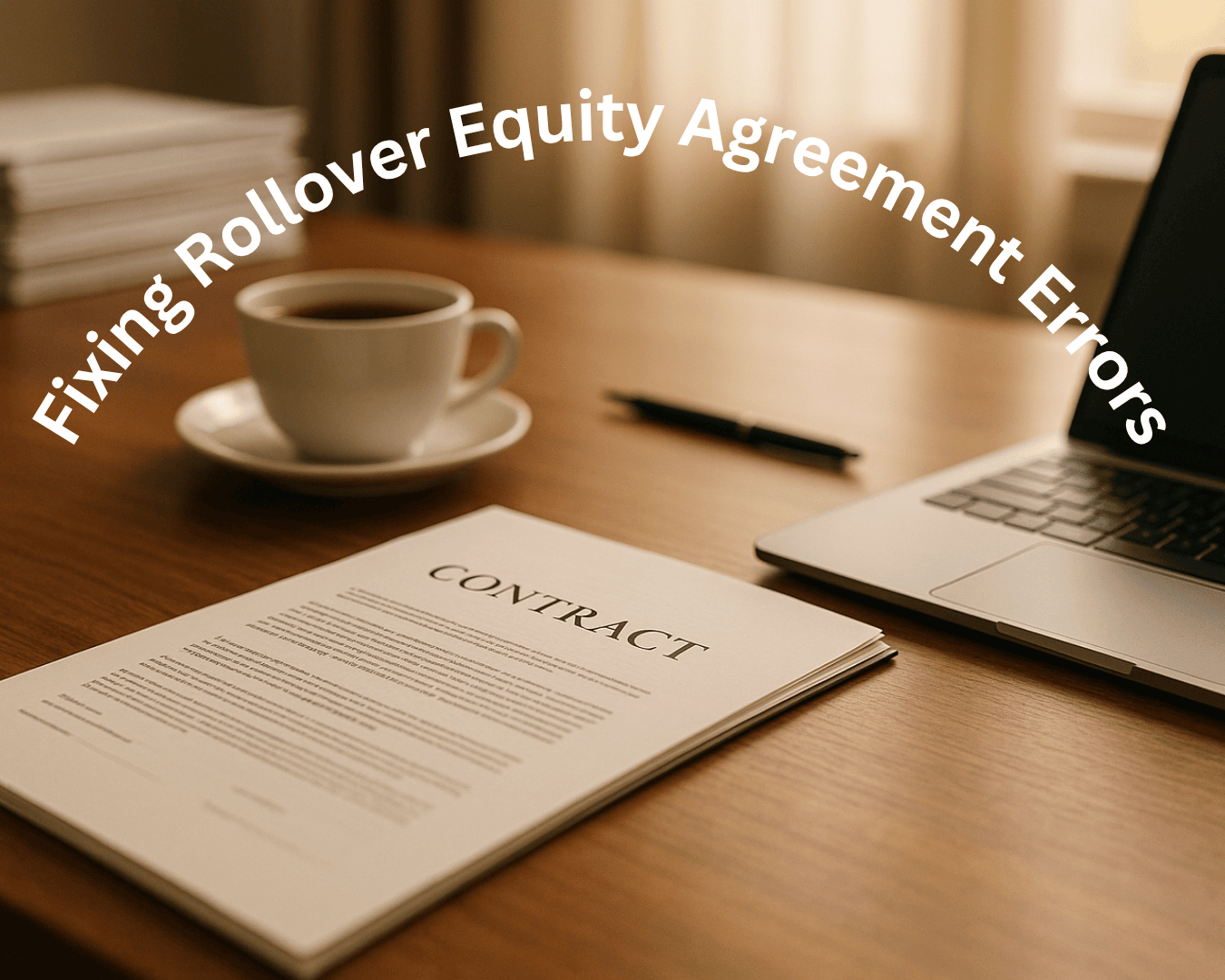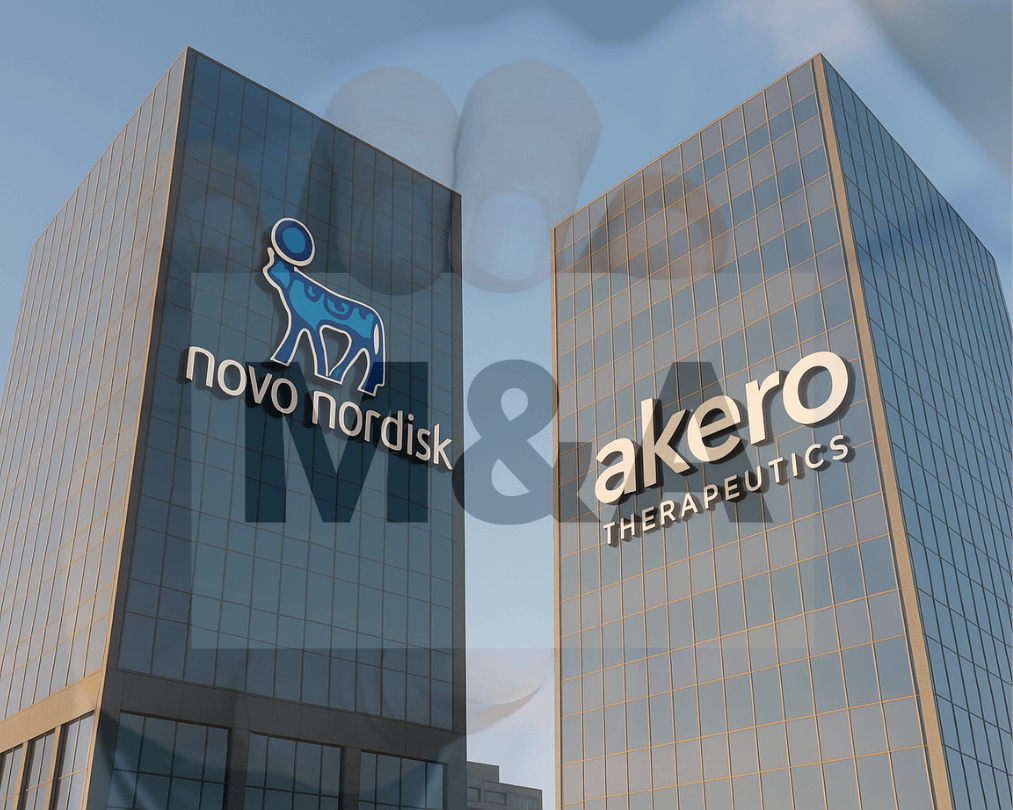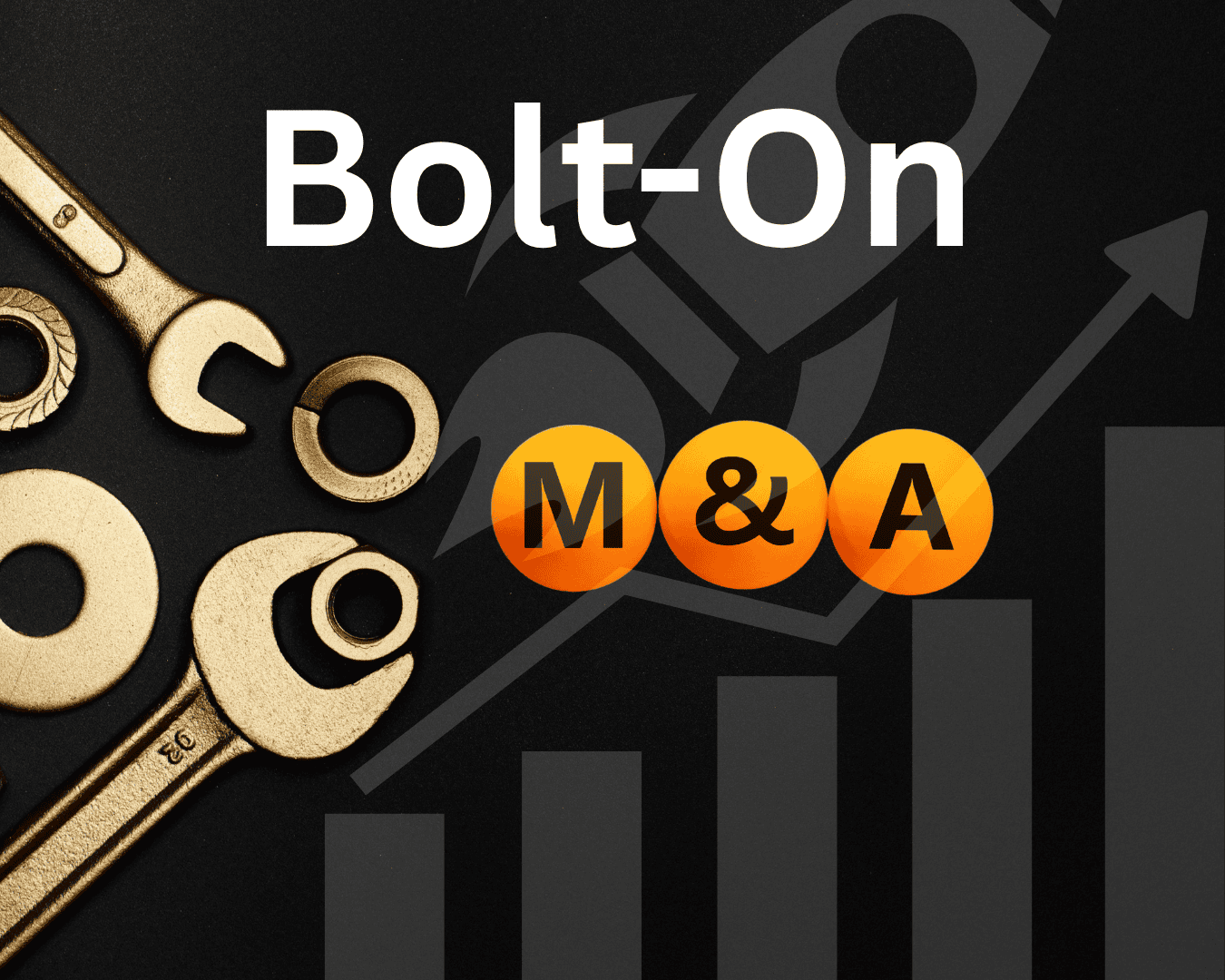Blackstone and TPG are teaming up to acquire Hologic, a prominent women's health company, in a deal worth up to $18.3 billion. The transaction reflects growing private equity interest in healthcare, driven by Hologic’s strong U.S. market position in breast health diagnostics, recurring revenue streams, and untapped international growth potential.
Key details about the deal:
- Valuation: $76 per share in cash, plus a contingent value right (CVR) of up to $3 per share tied to revenue targets.
- Funding: $12.25 billion in debt and $6.05 billion in equity from Blackstone, TPG, and minority investors.
- Focus: Expanding Hologic’s global presence, advancing R&D, and leveraging AI for new revenue streams.
Hologic’s leadership in diagnostics and its steady cash flow make it an attractive target, but the debt-heavy structure introduces risks tied to maintaining strong financial performance.
Hologic Goes Private: Massive $18.3 Billion Deal with Blackstone and TPG
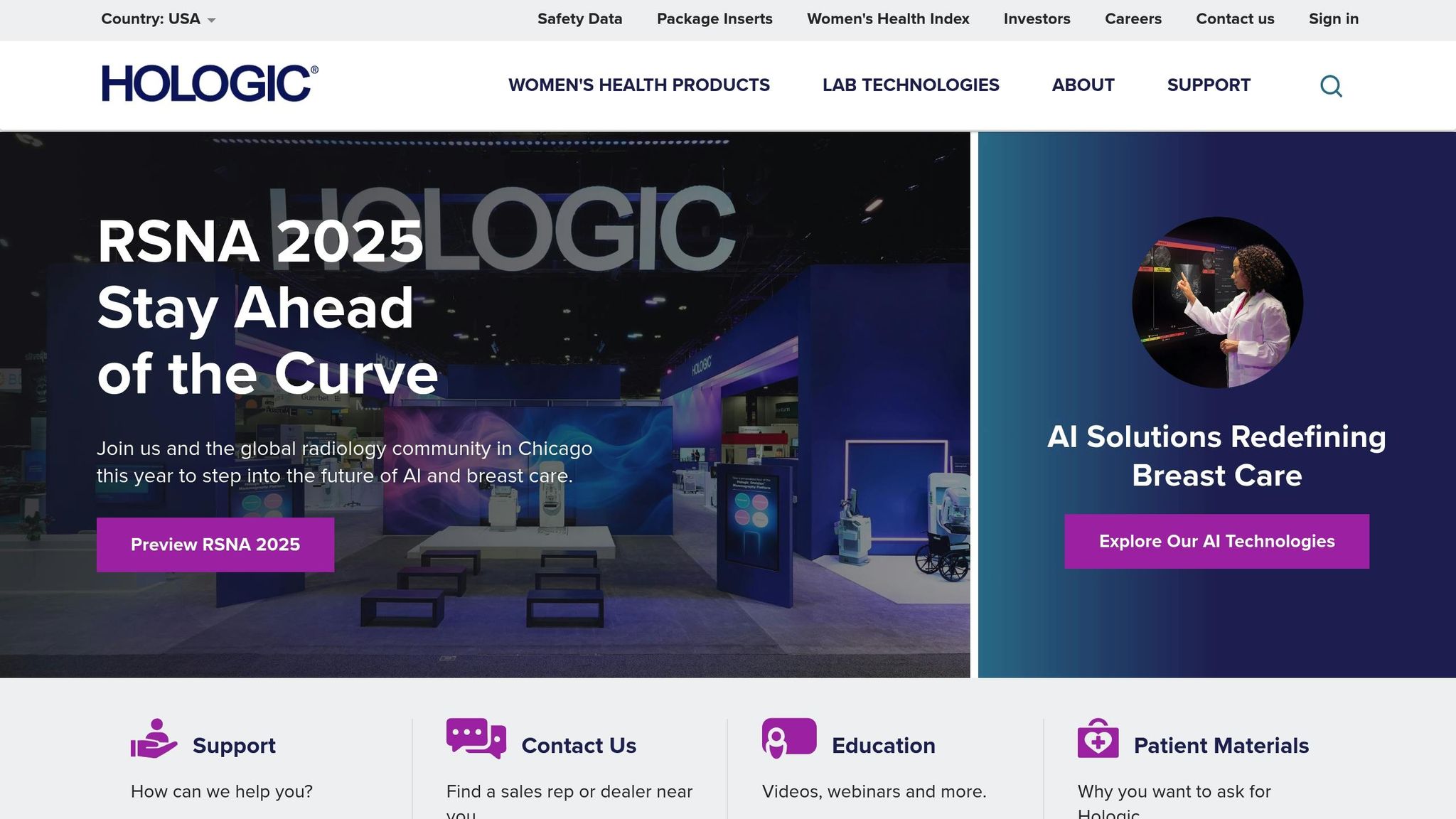
Why Blackstone and TPG Chose Hologic
Hologic leads the U.S. mammography market with advanced imaging technology, giving it a standout position that made it an attractive target for investment. Its dominance in this space isn't just about technology - it's about a business model that delivers consistent returns.
One of Hologic's key strengths lies in its recurring revenue streams. Service contracts, software updates, and consumables ensure a steady flow of income, reducing investment risks and offering predictability for stakeholders.
While Hologic has a strong foothold in the U.S., its presence in international markets remains relatively untapped. This creates an opportunity for private equity to fuel global expansion, particularly in emerging regions where women's healthcare systems are still developing. With the right investments, Hologic could significantly grow its international market share.
The company’s portfolio is another major advantage. It spans areas like molecular diagnostics, surgical products, and skeletal health, providing multiple growth opportunities. This diverse product lineup also allows for effective cross-selling, strengthening its market position.
Regulatory expertise further sets Hologic apart. Its established relationships with the FDA and successful history of bringing medical devices to market help reduce regulatory hurdles. This is a significant advantage compared to the challenges often faced by pharmaceutical and biotech companies.
On the operational side, Hologic demonstrates impressive efficiency. From manufacturing to supply chain management, the company operates with a level of precision that allows for cost savings and margin improvements. Strategic negotiations with vendors and lean operational practices enhance these efficiencies, complementing its recurring revenue model.
Demographic trends also work in Hologic's favor. An aging population and increased awareness of preventive care are driving demand for its core products, ensuring long-term growth potential.
Looking ahead, Hologic is well-positioned to tap into new opportunities through AI and predictive analytics. Its diagnostic equipment generates vast amounts of data, which could be monetized in ways that go beyond traditional hardware sales. This opens up possibilities for entirely new revenue streams.
With a scalable business model and a strong management team, Hologic is primed for growth. As the company expands, incremental revenue from consumables and services can significantly boost margins, making it an appealing investment for private equity players like Blackstone and TPG.
Deal Structure and Funding Details
The proposed $18.3 billion acquisition of Hologic leans heavily on debt financing, with $12.25 billion - around 67% of the total deal value - coming from borrowed funds. The remaining $6.05 billion will be covered through equity contributions from Blackstone and TPG.
This debt-focused strategy reduces the need for a large upfront cash investment and could boost returns if Hologic performs strongly. However, it also introduces a higher level of operational risk.
With such a significant debt load, Hologic will need to maintain steady cash flow to meet its financial commitments. If cash flow weakens or the company’s market position slips, managing this debt could become a serious challenge.
Private Equity Healthcare Investment Trends
Private equity firms are showing a growing interest in the healthcare sector, drawn by its reliable cash flows, steady demand, and resilience during economic downturns. These factors, combined with aging populations and favorable demographics, have driven up deal values in recent years, making healthcare an increasingly attractive target for investment.
One area catching investors' attention is women's health, particularly underserved segments like fertility and maternal care. These areas present opportunities for improvement, both in access and operational efficiency, making them appealing for private equity firms looking to tap into unmet needs while driving growth.
To better capitalize on healthcare opportunities, major private equity players are refining their strategies. Many are assembling specialized teams and focusing on operational improvements, often paired with technology integration. By partnering closely with management teams, these firms aim to implement digital tools such as advanced electronic health records, telemedicine platforms, and diagnostic technologies. These innovations not only enhance operational performance but also boost valuations when it’s time to exit, while often improving patient outcomes in the process.
The diagnostics sector, which includes laboratory testing and imaging services, stands out as a particularly lucrative area. It offers predictable revenues and opportunities for margin growth through technological advancements.
Regulatory changes are also playing a role in increasing healthcare’s appeal. Simplified approval processes for certain medical devices and diagnostics reduce investment risks and allow quicker entry into the market for new products, further enhancing the sector’s attractiveness.
As competition for high-quality healthcare assets heats up, post-acquisition strategies are shifting. Firms are prioritizing geographic expansion and diversifying service offerings to create synergies across related areas. These strategies not only drive sustained growth but also open up new opportunities for value creation across the healthcare landscape.
These trends highlight how private equity firms are evolving their approaches to maximize returns and improve outcomes in the ever-growing healthcare sector.
Post-Acquisition Plans and Value Creation
With Hologic already holding a strong position in the women's health market, the post-acquisition strategy aims to build on this foundation and drive further growth.
Blackstone and TPG have outlined a focused plan to enhance Hologic's leadership by improving efficiency, encouraging innovation, and expanding its global presence. Here's a closer look at their approach:
- Streamlining operations: Efforts will center on optimizing supply chains, cutting costs, and maintaining the highest quality standards.
- Boosting R&D efforts: Increased investments in research and development will aim to advance diagnostic and surgical technologies, while global expansion will target emerging markets with significant growth potential.
- Strategic acquisitions and partnerships: The plan includes pursuing opportunities that align with Hologic's core business, integrating cutting-edge technologies like AI and robotics to stay ahead in the industry.
Of course, challenges lie ahead. Navigating complex regulatory requirements and successfully integrating new systems will require careful planning and management. Ultimately, the success of these initiatives will depend on how well the company adapts and executes its strategy.
sbb-itb-a3ef7c1
1. Blackstone and TPG's acquisition of Hologic
Deal rationale
Blackstone and TPG are banking on Hologic's strong position in breast health diagnostics, a sector gaining traction as preventive care becomes a bigger priority. The structure and financing of the deal further emphasize its strategic importance.
Deal structure and funding
The transaction is structured as a cash deal with an added contingent value right (CVR). Blackstone and TPG will pay $76 per share in cash, along with a non-tradable CVR worth up to $3 per share. This brings the total potential value to $79 per share, translating to an enterprise value of up to $18.3 billion. The CVR allows shareholders to receive two additional payments of $1.50 per share, contingent on hitting global revenue targets for fiscal years 2026 and 2027.
The equity funding comes from funds managed by Blackstone and TPG, with minority investments from the Abu Dhabi Investment Authority and a GIC affiliate. Additional contributions are expected from Blackstone's private equity strategy designed for individual investors. The intricate terms of this deal not only reflect its complexity but also hint at its broader implications for the healthcare industry.
Industry impact
This acquisition aligns with the growing private equity interest in specialized healthcare. The premium offered - roughly 46% above Hologic's closing price on May 23, 2025 - underscores the competitive nature of the market. As healthcare systems increasingly focus on early detection and preventive care, companies like Hologic, with advanced diagnostic capabilities, are well-positioned to thrive.
"This transaction delivers immediate and compelling value to Hologic stockholders, reflecting the dedication of our employees whose hard work has made this milestone possible."
- Stephen P. MacMillan, Hologic's Chairman, President and Chief Executive Officer
2. Other large healthcare take‑private deals
The trends surrounding healthcare take-private deals provide valuable context for understanding the significance of the Hologic acquisition.
Private equity trends
The Hologic acquisition highlights a growing interest from private equity in healthcare take-private transactions. This deal marks the largest medical device acquisition since Boston Scientific's $27 billion purchase of Guidant Corp back in 2006. The nearly 20-year gap between these major deals underscores just how impactful the Hologic transaction is for the industry.
Private equity firms are increasingly focusing on medtech, diagnostics, and healthcare services. These sectors are particularly appealing because they offer consistent demand and recurring revenue streams. With substantial "dry powder" (capital ready to be invested), private equity firms are actively hunting for high-quality healthcare assets to add to their portfolios.
Deal rationale
One major driver behind the rise in healthcare take-private deals is the undervaluation of public companies. Many healthcare businesses are trading at lower valuations compared to their post-pandemic highs, presenting private equity firms with attractive opportunities. These firms are identifying businesses with stable cash flows that the public markets may be undervaluing.
Private equity firms often succeed by implementing operational improvements and leveraging the steady cash flows of these companies. Their ability to hold onto assets during economic downturns makes healthcare businesses especially appealing. This disciplined investment strategy aligns well with the industry's stable revenue streams, which are less affected by economic fluctuations.
Industry impact
These shifts are leading to broader market consolidations beyond the individual deals themselves. The Hologic acquisition, for example, could spark further consolidation, particularly in the diagnostics and imaging sectors. Mid-sized healthcare firms may become prime targets for buyouts as private equity firms look to unlock value that public markets have overlooked.
Private equity ownership often brings operational efficiencies, as firms streamline business units and focus on leaner operations. Additionally, they may push for more aggressive investments in research and development when they anticipate strong returns during their ownership period.
As more healthcare companies transition to private ownership, the sector could see faster innovation cycles, more focused product development, and strategic consolidations. These changes could result in larger, more competitive companies that are better positioned for future public offerings or strategic sales.
Pros and Cons
Here’s a breakdown of the strengths and potential challenges surrounding the Hologic acquisition:
| Aspect | Advantages | Disadvantages |
|---|---|---|
| Deal Structure | Shareholders receive $76 per share in cash, along with a non-tradable Contingent Value Right (CVR) worth up to $3 per share if Hologic’s Breast Health division meets global revenue goals in fiscal years 2026 and 2027. | The CVR payout depends on hitting specific revenue targets, meaning the additional value isn’t guaranteed. |
| Valuation | Hologic is valued at up to $18.3 billion, reflecting the scale of the investment and offering immediate liquidity for shareholders. | The high valuation requires a significant financial commitment, which could present risks if projections fall short. |
| Market Position | Hologic’s reputation as a leader in women’s health strengthens the strategic reasoning for the acquisition. | - |
This deal offers a mix of immediate financial returns and potential long-term benefits. The $76 per share cash payment ensures instant liquidity for shareholders, while the CVR introduces a performance-based incentive tied to future growth. However, the reliance on meeting ambitious revenue targets adds a layer of uncertainty to the additional value. The valuation and market positioning underscore the strategic importance of the acquisition, but they also highlight the considerable investment being made.
Conclusion
The $18.3 billion acquisition of Hologic by Blackstone and TPG represents a major moment in healthcare private equity, highlighting the growing interest in specialized companies with reliable revenue streams.
This deal strikes a balance between immediate financial returns and long-term performance-based incentives, offering a structure that aligns with both short-term and strategic goals.
From an industry standpoint, it reflects ongoing consolidation within the women's health sector and points to promising opportunities for medtech companies focused on advancing innovation.
The ultimate success of this acquisition will hinge on Blackstone and TPG's ability to implement effective operational strategies, navigate regulatory landscapes, and sustain Hologic’s momentum in innovation.
FAQs
What risks and challenges could arise from the debt-heavy structure of Blackstone and TPG's $18.3 billion acquisition of Hologic?
The acquisition of Hologic, with its significant reliance on debt, comes with its own set of hurdles, especially when borrowing costs are high. Rising interest rates can make debt servicing more expensive, which might put a strain on both profitability and cash flow.
On top of that, large-scale leveraged buyouts demand well-executed strategies to create value - whether through streamlining operations or expanding into new markets. If these efforts fall short, the heavy debt could restrict the company’s ability to pursue future investments or strategic opportunities.
How could Blackstone and TPG's acquisition of Hologic influence its global expansion and growth in emerging markets?
The acquisition by Blackstone and TPG has the potential to give Hologic the financial support and strategic guidance needed to grow its reach internationally, especially in emerging markets. With increased access to capital and industry expertise, the company could concentrate on expanding its operations and strengthening its presence in regions that show strong growth opportunities.
This partnership may also allow Hologic to channel its efforts toward advancing diagnostics and other in-demand areas within women’s health. By aligning with global healthcare trends, the company could address critical gaps in underserved regions, meeting pressing medical needs while driving innovation in its field.
How might AI and predictive analytics impact Hologic’s growth and innovation after the acquisition?
While the exact plans for integrating AI and predictive analytics into Hologic’s strategy after the acquisition remain unclear, these technologies are expected to be influential. AI has the potential to refine product development by boosting diagnostic precision and simplifying workflows. Meanwhile, predictive analytics could be a powerful tool for spotting market trends and fine-tuning revenue strategies.
With Hologic’s dedication to women’s health, adopting advanced technologies like AI could pave the way for more tailored care solutions and better patient outcomes. This aligns closely with the evolving trends in healthcare innovation, where personalized care is becoming increasingly important.











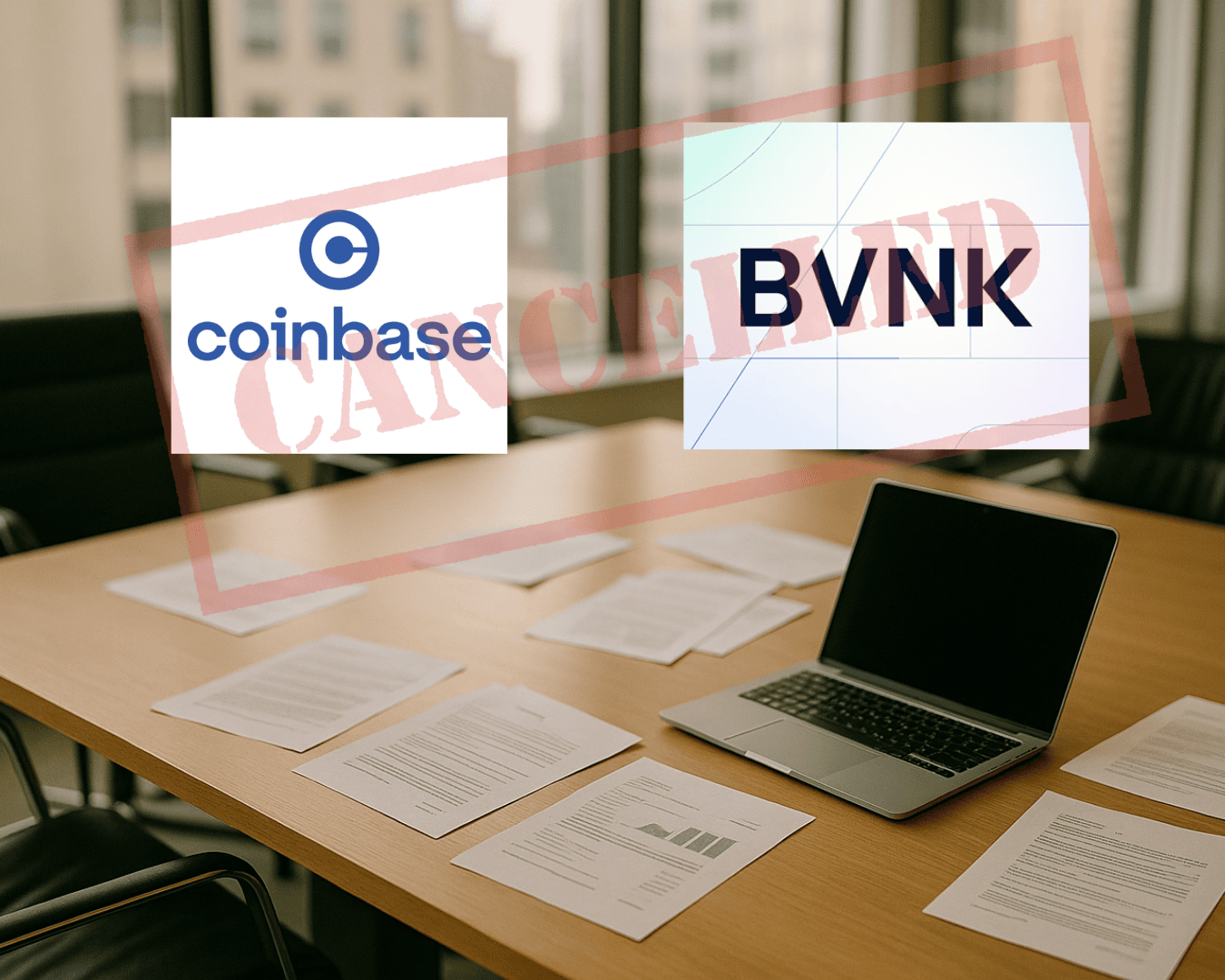


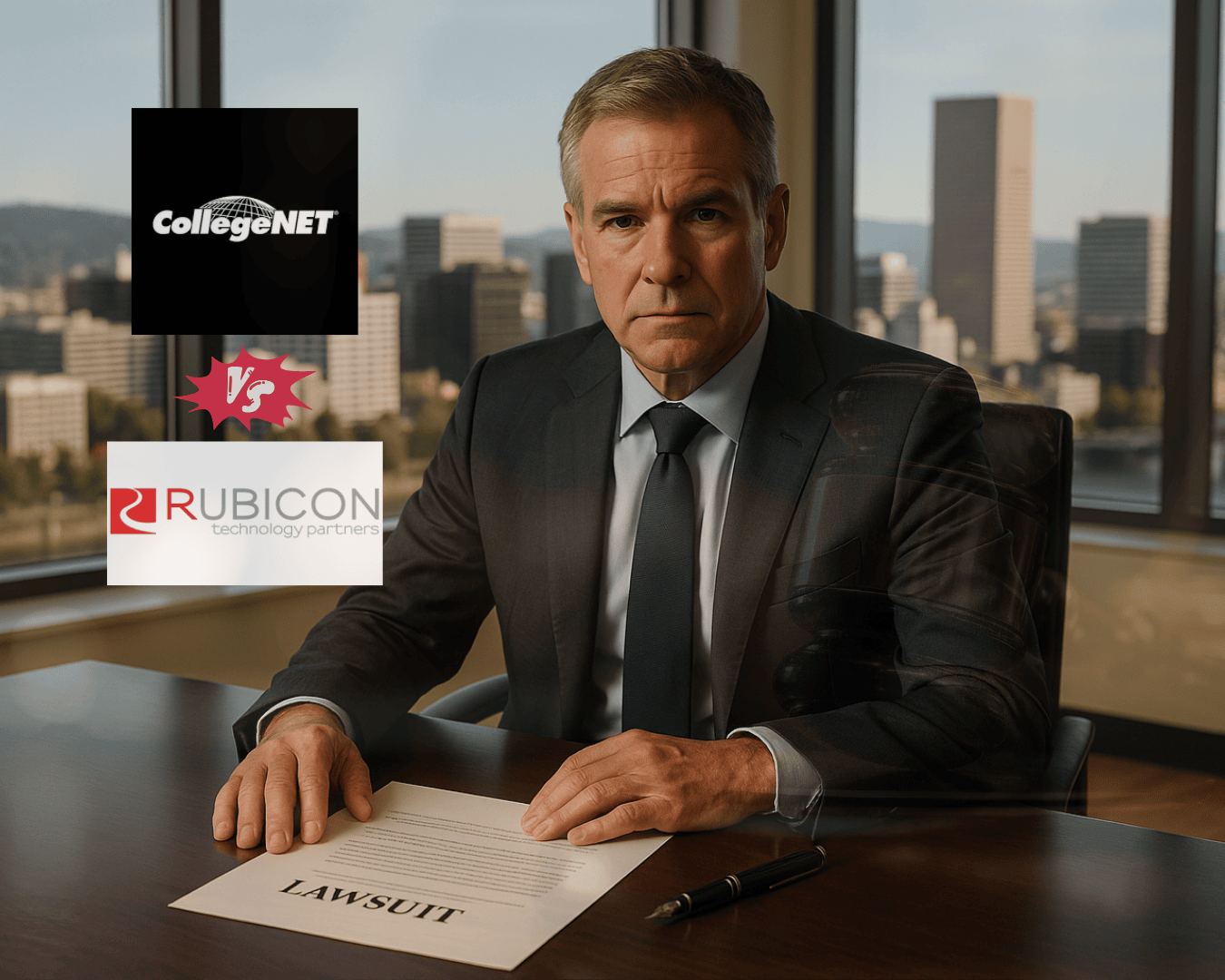






.png)




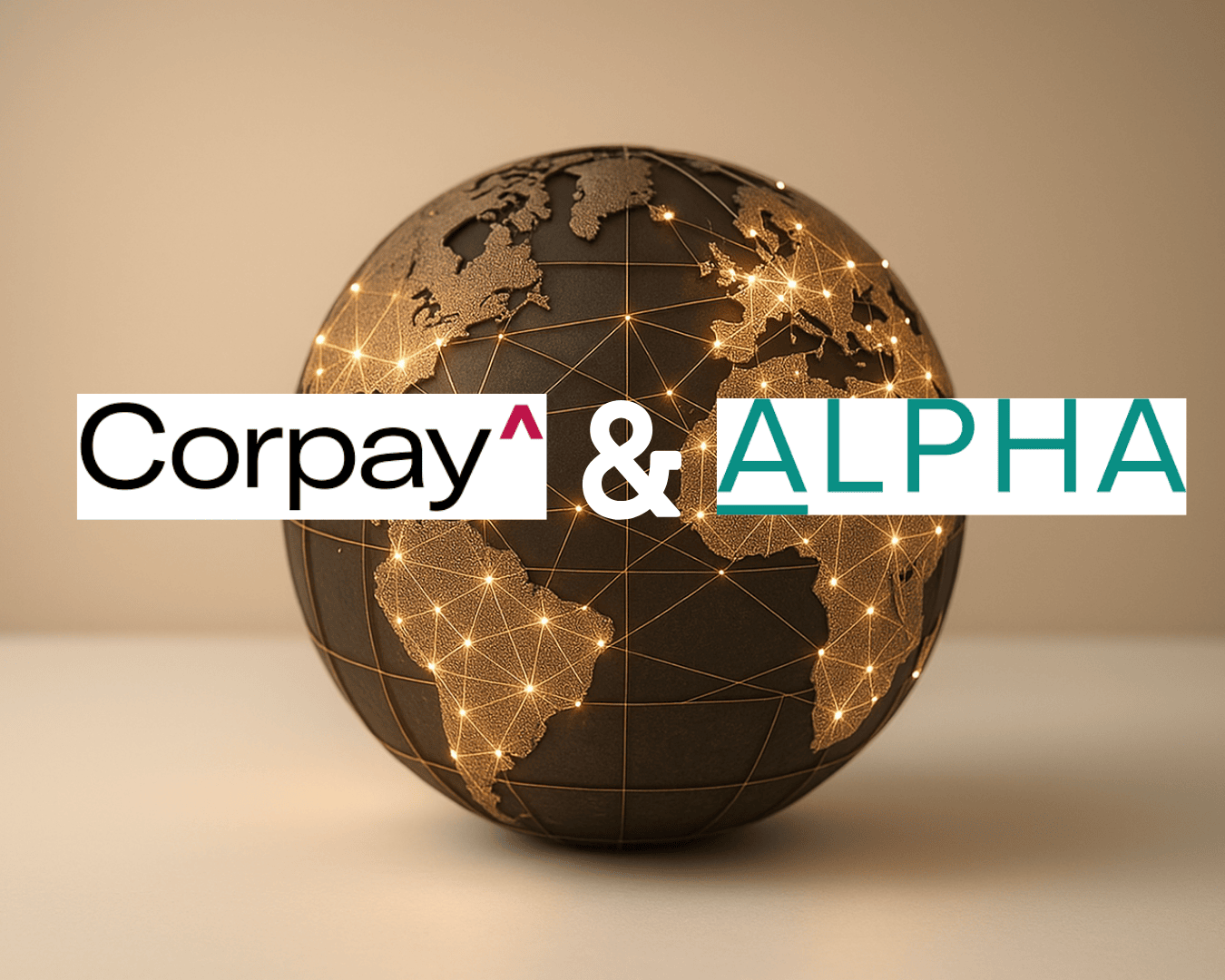

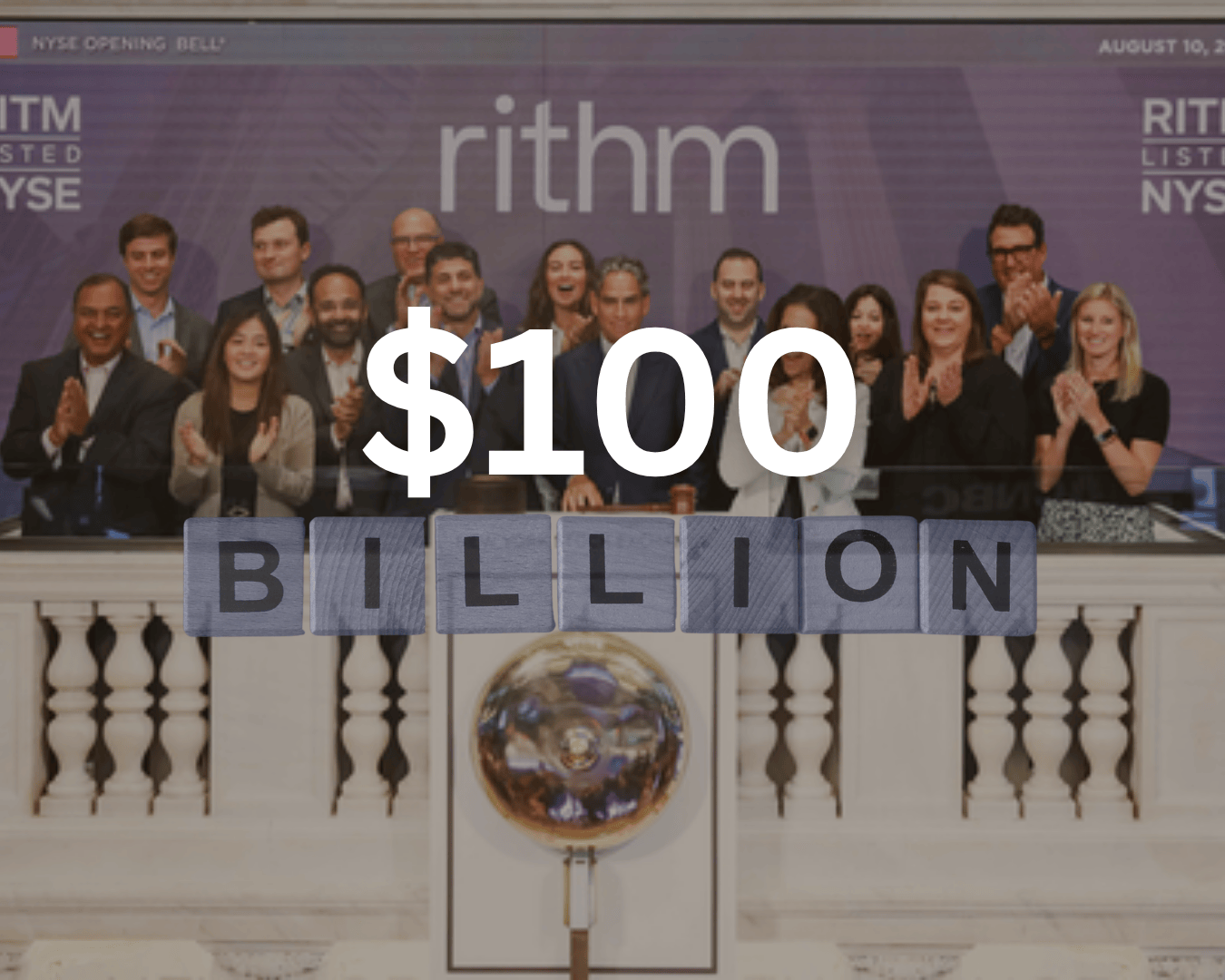










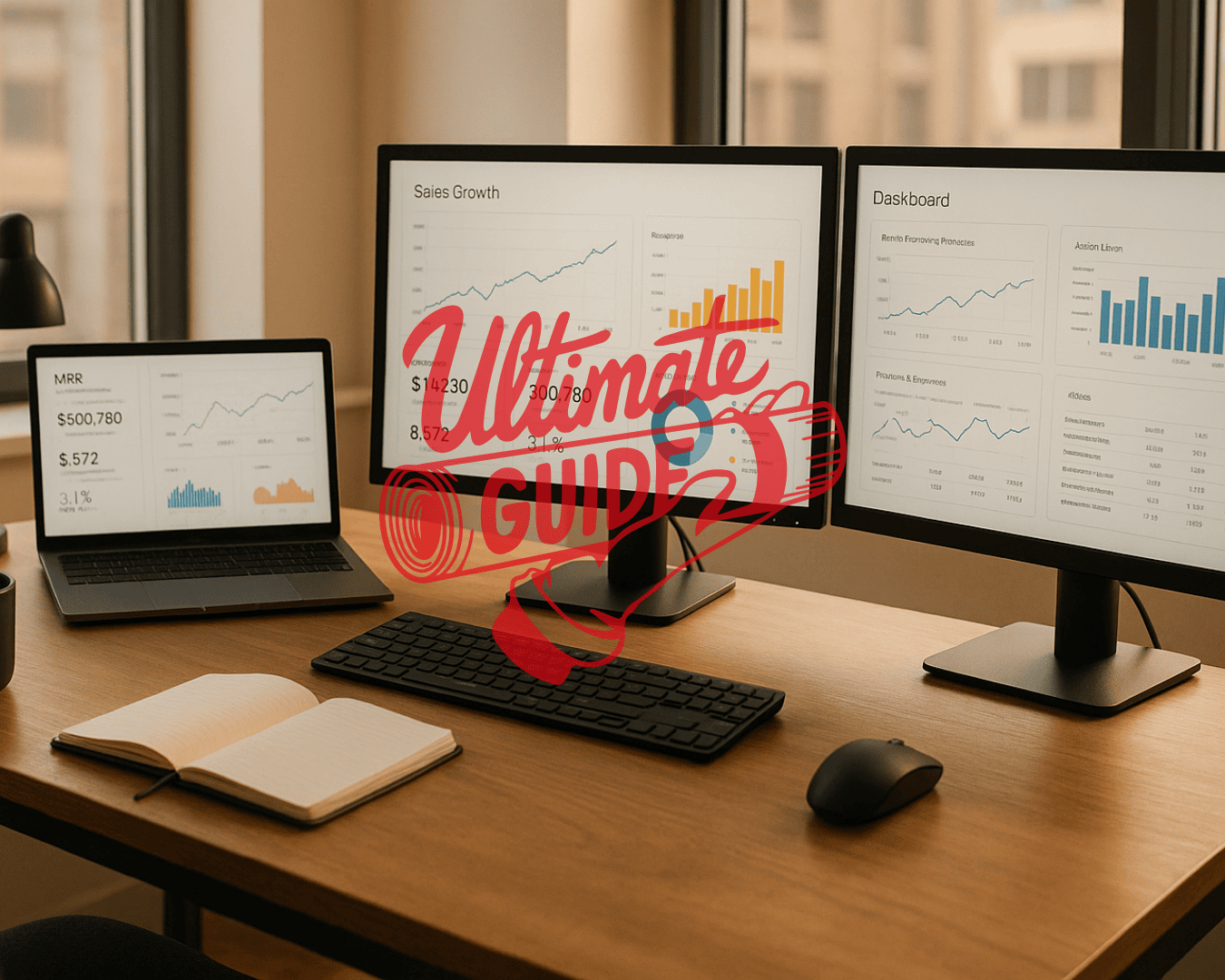










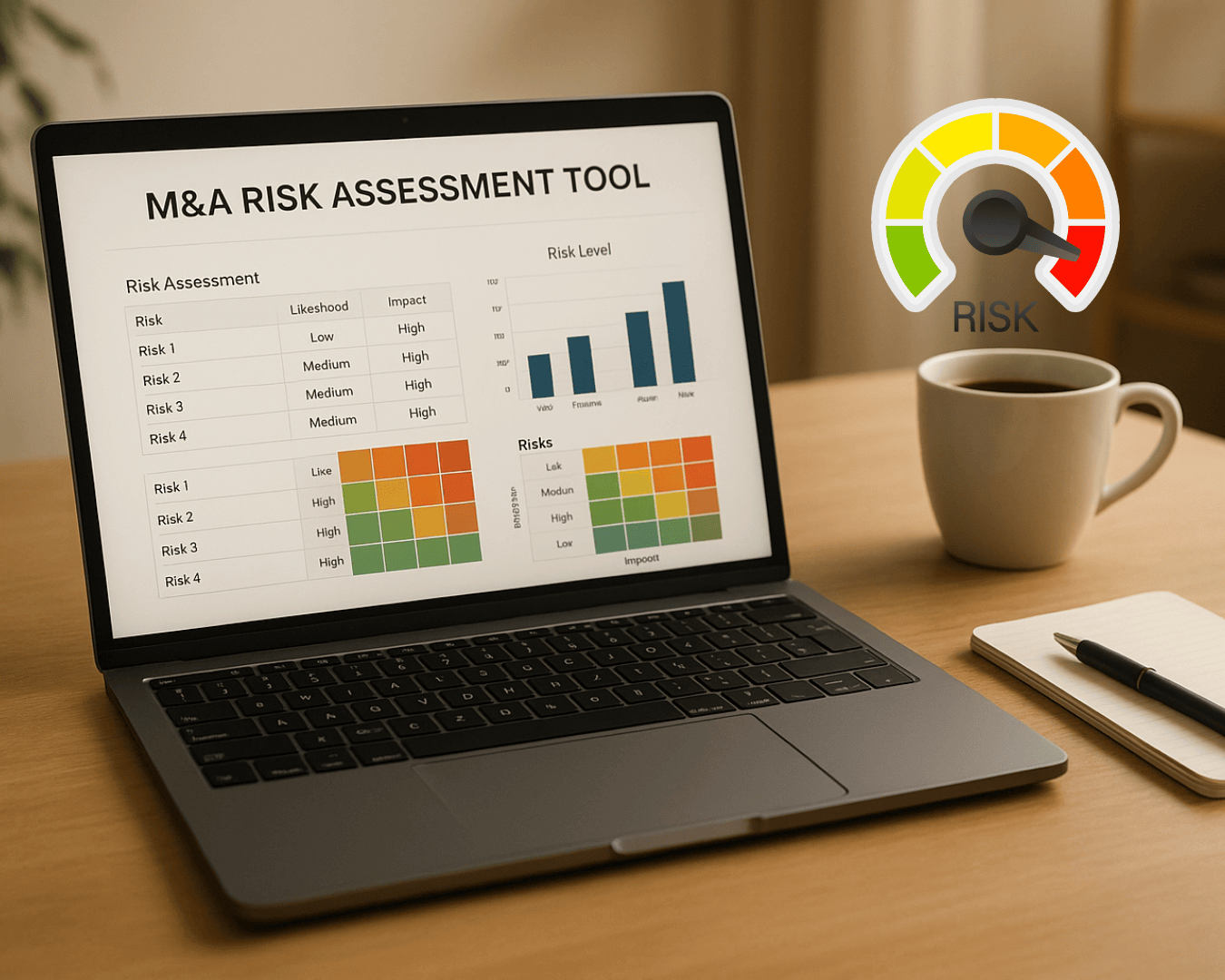
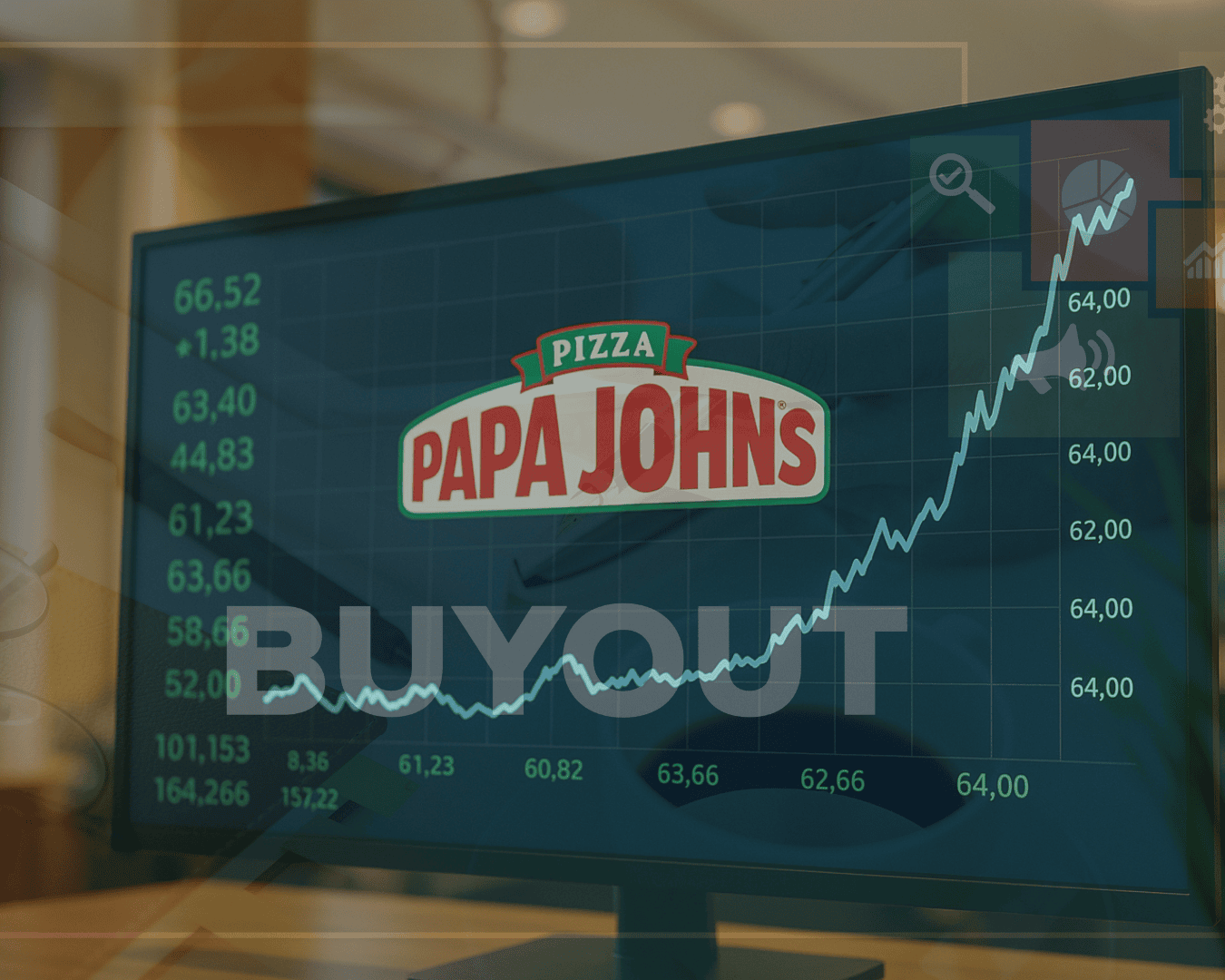










%20Loan%20Application%20Checklist.png)
